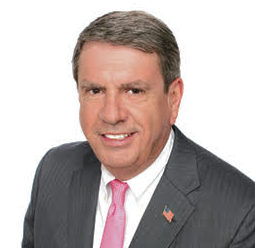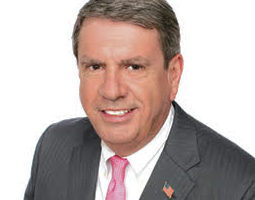MarketInsight | Karl Lagerfeld’s Cat

In the winter of 1925, there was an outbreak of diphtheria in Nome, Alaska that threatened to turn into an epidemic. The town’s only doctor estimated the mortality rate could reach 100 percent. Several children had already died. Desperate pleas for diphtheria-antitoxin were sent out by telegraph. The serum that might save the lives of every man, woman, and child in Nome was in Seattle. When efforts to deliver the serum by plane and boat failed due to the weather, a plan was devised to deliver the serum by dog sled.
Relays were established along a route, with different teams assigned to run each leg. A famous driver named Seppala organized the “Serum Run” and selected a particularly difficult leg for himself and his famous dog, Togo. A Siberian Husky named Balto was assigned one of the more dangerous legs. The weather worsened and Balto’s team missed the first checkpoint and continued on. At the next checkpoint, the relief team was nowhere to be seen. Balto and his team mushed on through one of the worst blizzards on record, braving blinding snow and the -70 degree wind chill of the long cold winter night.
Musher Gunnar Kaasen, who drove the team, said that he could barely see his hand in front of his face let alone the snow swept trail, but Balto seemed to know the way. When the sled arrived in Nome with the life-saving serum at 5:30 a.m. on Feb. 2, Kaasen walked to the front of the team and collapsed from exhaustion. Bystanders claimed he muttered the words “damn fine dog” as he fell.
The citizens of Nome were saved, and Alaskans annually remember the “Serum Run of 1925” by staging the world’s most famous dog sled race, The Iditarod. After the serum run, there was an ongoing feud between the two dogs. Explorer Roald Amundsen honored Seppala and Togo. President Calvin Coolidge and the public celebrated Balto. The public erected a statue of Balto in Central Park in New York City. Balto and his team toured the United States until his death in 1933. His remains were mounted and are still on display in Cleveland at the Museum of Natural History.
We love our pets. There are about 90 million dogs in the United States and 95 million cats. Famed designer Karl Lagerfeld recently passed away. He is possibly as well known for his cat, Choupette, as for his designs. Lagerfeld loved Choupette, which is French for “sweetheart.” Upon his death, it was immediately suggested that Lagerfeld might have left his $300 million fortune to his cat. If that is true, Choupette will become the second richest animal, and wealthiest cat, of all-time. The wealthiest animal on record was a German Shepherd named Gunter the Fourth. Gunter inherited $375 million from his owner, German Countess Carlotta Liebenstein.
Gunter and Choupette are both German. Germany allows pets to inherit. The United States does not. If you want to provide for your beloved pet after your death here in the States, you will need to set up a special trust and find someone you have faith in to act as trustee and care for your pet after you are gone. Florida pet trusts are controlled by state statute. The statute allows you to leave money in trust for your pet, but only if the trust assets do not exceed “the amount required for the intended use.”
Scott A. Grant is President of Standfast Asset Management in Ponte Vedra Beach. He welcomes your comments or questions at scottg@standfastic.com.




Comments are Closed